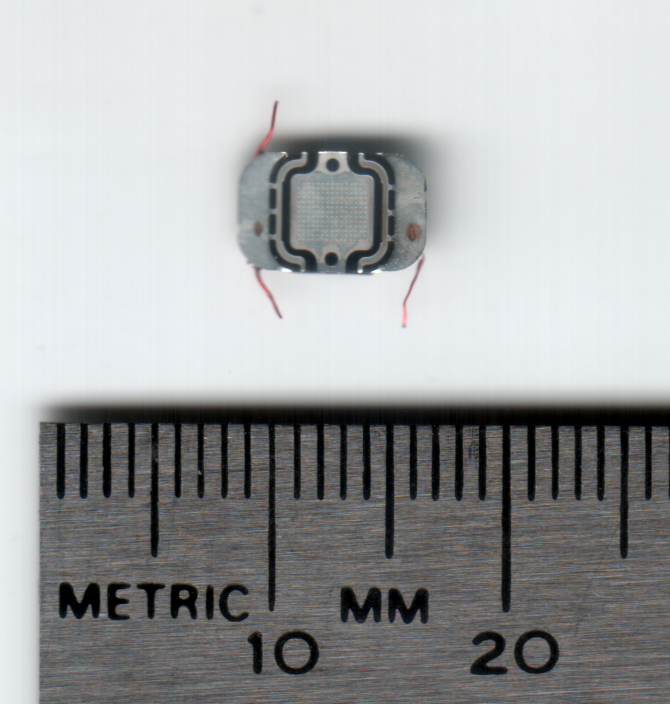
You’ve probably already received a new credit card with an embedded microchip from your bank. These cards are intended to help cut down credit card fraud, but come with new opportunities for crooks. The embedded chip is intended to improve the card’s security by creating a unique code for each in-person transaction. For these in-person transactions, the cards are definitely more secure. The problem is the massive replacement of all credit cards has created a huge opportunity for the new chip card scam.
How the chip card scam works
Scammers are sending out email announcements telling consumers their new chip card will be on its way as soon as they update their account information. The messages do, of course, look real. There will probably be a logo and legitimate contact information for the issuing bank. There are two versions of this email, one in which the email instructs you to reply with your updated information, the other includes a link to a website where the account information can be updated. Both versions of the scam rely on people willingly providing their financial information to the scammer.
How to avoid the chip card scam
1) Do not click on any of the links in the email
2) Do not respond to the email
3) If you suspect your chip card has been waylaid or lost in the mail, get the telephone number of your bank from the back of your current card and call. Do not use any telephone numbers provided in the email.
Always question the source. For instance, did the email even come from your bank? The crooks who send these emails have no idea who you bank with, but sooner or later coincidence strikes and you get the right email for your bank.


Recent Comments